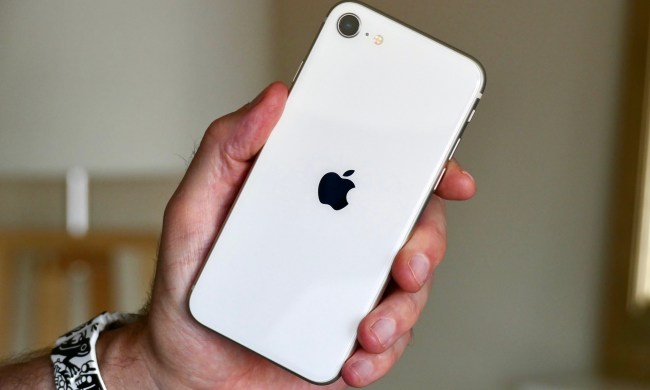Public access to certain features of Apple Intelligence is rolling out to users with the iOS 18.1, iPadOS 18.1, and macOS 15.1 updates. However, even if you are fortunate enough to gain early access, the service is currently only available in U.S. English in select countries. That is expected to change in the coming weeks and months.
According to GSMArena, Apple plans to add local English variants in Australia, Canada, Ireland, New Zealand, South Africa, and the U.K. in December. Most recently, it was confirmed that starting in April and continuing throughout 2025, Apple Intelligence will gain support for Chinese, English (India), English (Singapore), French, German, Italian, Japanese, Korean, Portuguese, Spanish, and Vietnamese. April is also when the EU will see its first Apple Intelligence release.
Yesterday, Apple released the first features of Apple Intelligence, including Writing Tools, notification summaries, and a Clean Up option in the Photos app. This doesn’t necessarily mean you have immediate access to these tools. Users must go into the Settings app on a supported device and request access.
In December, more Apple Intelligence features are set to make their public debut. These include Siri’s integration with ChatGPT, Genmoji, and Image Playground. They will arrive through iOS 18.2, iPadOS 18.2, and macOS 15.2 on iPhone, iPad, and Mac, respectively. These updates are currently available to beta testers.
More Apple Intelligence features are expected to arrive in the new year, including more advanced Siri tools, Priority Notifications, and Genmoji support on the Mac.
Apple Intelligence is available on the iPhone 15 Pro series, iPhone 16 series, and any iPad with an A17 Pro chip or later, such as the recently announced iPad mini (2024). Mac users must be on a machine with an M1 chipset or later to use Apple Intelligence.




